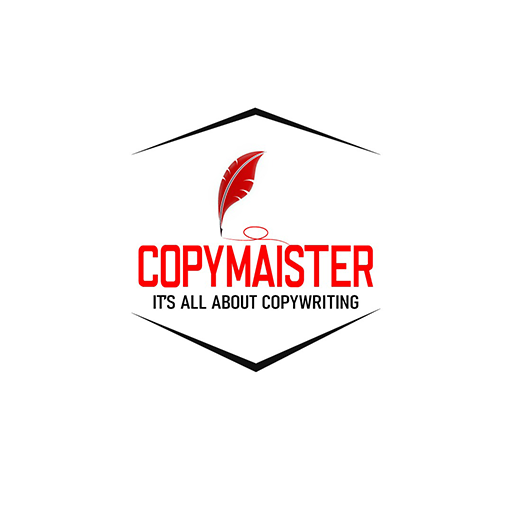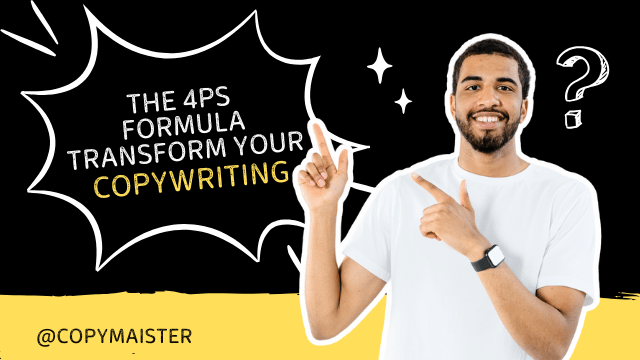How would it be if you get the formula for making your communication persuasive that grabs attention, builds trust, and encourages your target audience to take action?
Does it sound Great or Worst?
If it is Great, Then today your imagination will become a reality because today I am going to share with you a persuasive 4-step framework named 4Ps copywriting formula that will help you to tailor copy that resonates with your target audience and deliver results.
The 4Ps copywriting formula is a proven framework that helps you craft copy for various marketing channels. With this framework, you can create email copy, highly converting sales pages, social media ads copy, and landing page copy.
Whether you are a small business owner, marketer, copywriter, or just someone who wants to sharpen your copywriting skills, this blog is for you.
By the end of this blog, you will have complete knowledge about the following:
- How you can create an irresistible hook.
- Paint a mental imagery that evokes your target audience’s emotions.
- Build trust and credibility.
- Encourage your target audience to take immediate action.
So, are you ready to craft copy that boosts your bottom line and converts your reader into a loyal customer?
If Yes!
So, let’s start.
What is the 4p Copywriting Formula?
The 4p is a time-tested copywriting formula. It is a four-step framework designed especially to craft copy that captures attention, builds trust, and drives action.
Here is the breakdown of each step of 4P:
- Promise: It is the step one uses to grab the attention of your reader.
- Picture: It is step two, where all you need to build desire is mental imagery.
- Proof: This is the step where you back up your claim with the help of evidence.
- Push: It is the last step, and all you need to do is encourage your target audience to take action.
Why does the 4P copywriting formula work?
The 4P copywriting formula is not just a random hack of copywriting. It is a well-planned framework because it aligns with human psychology. Before taking action, human brains process logic, emotions, and social influence, and the 4P framework activates all of them.
That’s because this formula is highly effective. In order to understand why this copywriting formula is highly effective, let’s explore the science behind it.
1: Cognitive Biases
Cognitive biases are hidden forces that influence human decision-making because they shape how humans react to and perceive information.
Several powerful biases leveraged by 4P:
- Poof Stage: Social proof, such as customer reviews, significantly increases conversion rate because people trust what other people trust.
- Push Stage: Scarcity and urgency play a great role because when something is time-sensitive or limited, people want it more.
- Picture Stage: It motivates people twice when you create imagery of losing something instead of gaining (Get your free trial ). Instead of saying this, try this (Stop losing clients due to weak copy).
2: Emotional Appeal
Emotion plays a significant role in purchase decision-making. In the picture stage, you evoke emotions by creating mental imagery of happiness, success, or transformation.
3: Logical Reasoning
Although emotions play an essential role in decision-making, logic is still important because logical reasoning appeals to the most crucial analytical side of the human brain by providing rational justification for emotional appeal.
4P Formula Step By Step Break Down
In this section, you will learn in detail about each step of the 4P copywriting formula, what they are, and how you can craft each P.
Promise
The promise is the first step of 4P. Consider it the foundation of your copy, where you must capture the attention of your readers immediately and make them want to keep reading.
A robust promise always communicates a key benefit clearly, and it addresses the problem or pain point.
How to craft a Promise?
1:Opening Line or Headline: Focus on the first touch point that the reader sees when they interact with your copy. It can be a headline or opening line to ensure that your first touch point grabs the reader’s attention. Use emotional triggers and power words to make it irresistible.
Example: “Double Your Sales in 30 Days with This Proven Strategy.”
2:Specificity and Clarity: Ensure clarity. Do not make false promises. Ensure that your promise clearly communicates what you are offering and how it will benefit your target audience.
Exampple: “Increase your email open rates by 50% with our step-by-step guide.”
3:Curiosity Gap: Spark the reader’s curiosity by hinting at a solution, but do not give everything right away.
Example: “The one secret top marketers use to generate 10x more leads.”
Additional Tips For Writing Promise
- Incorporate specific results or numbers in order to add credibility.
- Test different variations to see which one works better for you.
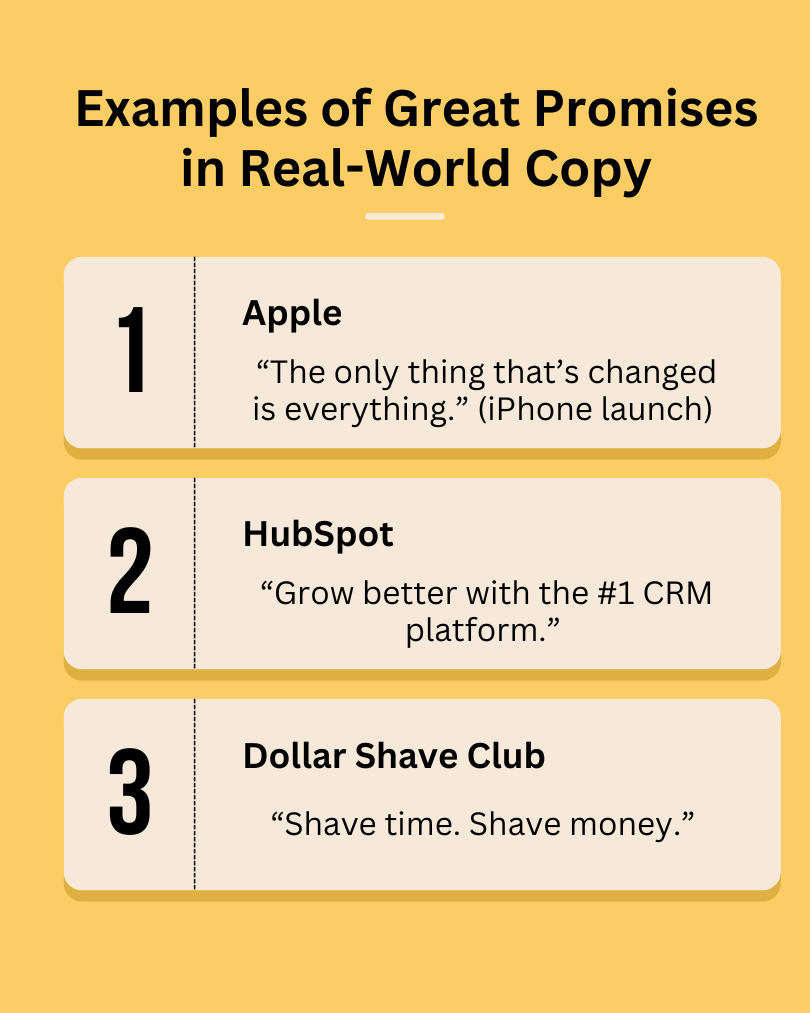
Picture
The second step: Once you have captured the attention in this step, you need only paint an image in the mind of the reader with the help of sensory language or a storytelling approach.
You can help your audience to visualize the benefits of your offer by creating vivid mental imagery.
Tips To Craft Picture Section:
- Sensory Language: Incorporate those words that appeal to senses, such as (feel, see, imagine) in order to give the reader a more personal feel.
- Storytelling: Create a story that shows the transformation your reader will see after using your service or product.
- Before-After Scenario: Use a before-after scenario to first paint a picture of the current situation and then move towards the desired outcomes your reader wants to achieve.
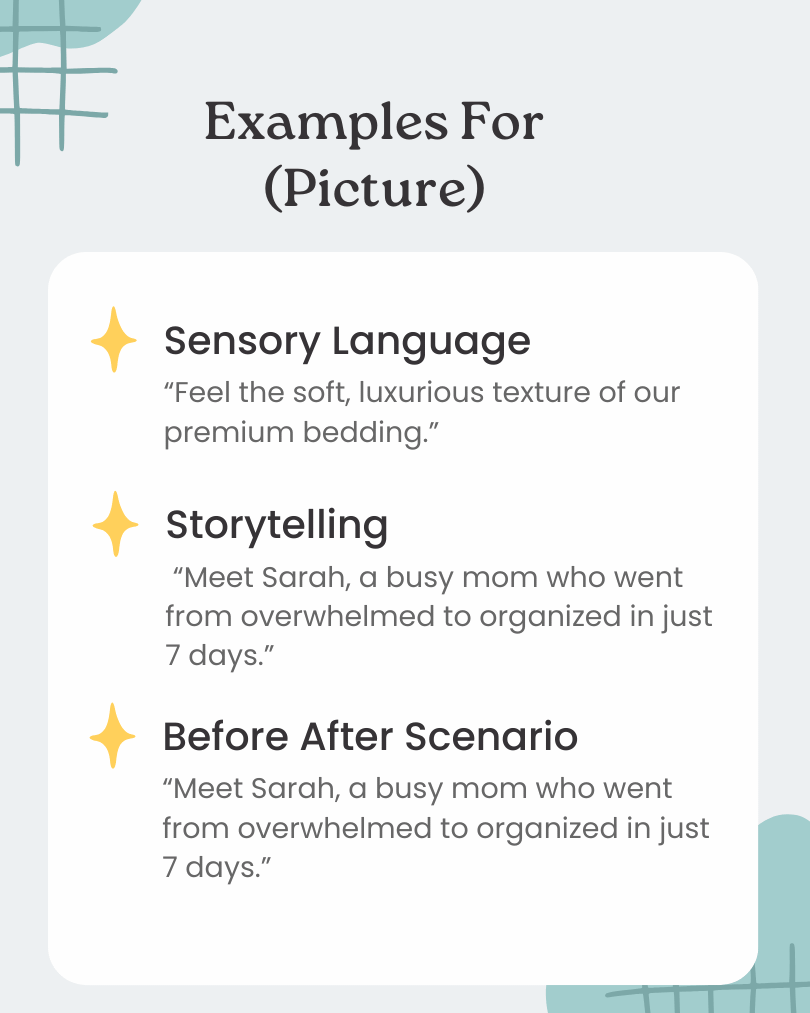
Easy Four steps framework to paint a picture:
-
- Determine your audience’s desire or pain points.
- Show the transformation by using sensory language.
- Shape the imagery of relatable outcomes with the help of storytelling.
- In order to enhance the mental picture, test different variations of visuals such as (videos or images).
Proof
Most people are doubtful. They don’t easily trust your words; they need evidence, and that’s where proof comes in.
You can incorporate many types of proof, such as customer reviews, certifications, statistics, or case studies.
Proof is all about showing your reader what you are capable of. It’s about building trust and enhancing your credibility.
How to craft Proof?
- Show your customer testimonials before and after.
- In order to back up your claim, use results or concrete numbers.
- To make your proof attention-grabbing, use compelling visuals such as high-quality images or videos of before-and-after customer reviews, graphs, or charts.
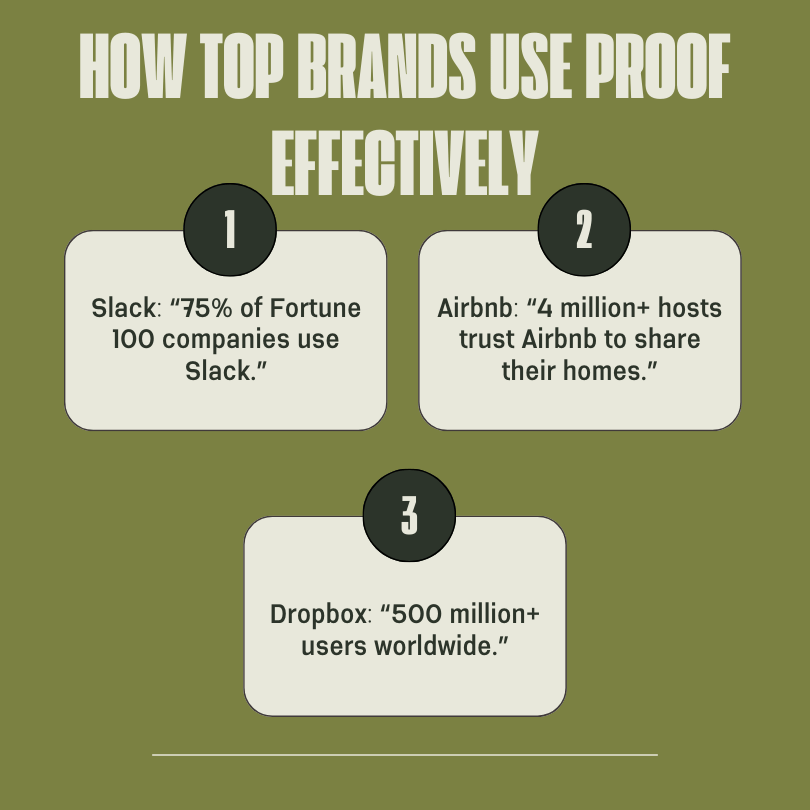
Push
This is the final step of the 4P copywriting formula. Here, you only need to tell your reader what to do next.
In the push section, you must craft a strong and compelling CTA that creates a sense of urgency and encourages your reader to take immediate action.
How do you craft a powerful push?
- Create a sense of urgency or scarcity, such as the use of time sensitivity or limited availability.
- Ensure there will be no friction and make it easy for your target audience to take the next step.’
- Ensure using only one CTA doesn’t confuse your readers by giving them many options.
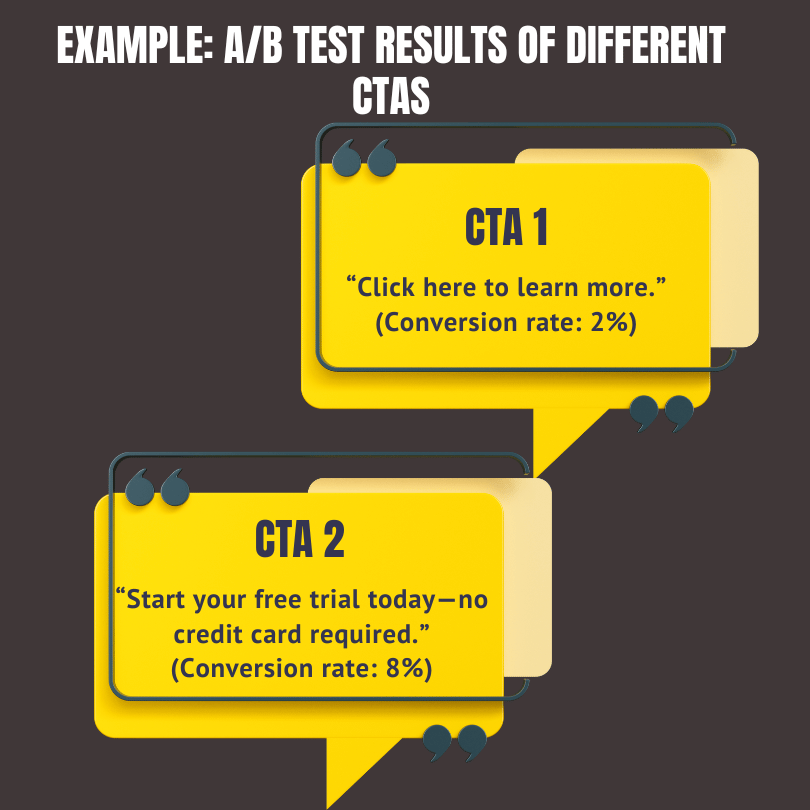
Apply the 4Ps formula in different copywriting scenarios.
In this section, you will learn how you can use the 4Ps copywriting formula in order to write copy for different channels, such as:
- Website copy.
- Email Copy.
- Social Media Ad Copy.
So let’s start and discuss each.
How do you use the 4Ps to craft website copy?
- Promise: In the first step of the 4Ps promise, when working on web copy, focus on the headline. Ensure that it is attention-grabbing and encourages the reader to explore further.
- Picture: In the second step, create a clear picture by focusing on key benefits that interest your reader and help them visualize their success.
- Proof: In the third step, showcase case studies, awards, recognition, and testimonials to show your credibility and trust.
- Push: Lastly, in this step, you need only encourage your audience to take immediate action.
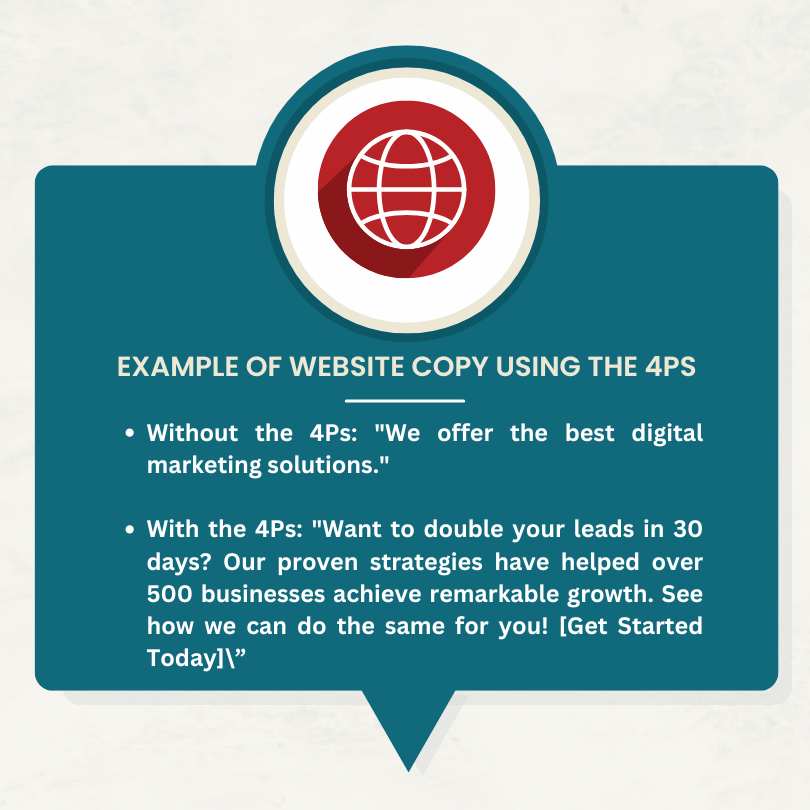
How to write an email copy using 4Ps?
- Promise: In the first step, focus on the subject line of your email copy. Ensure that your subject line encourages your reader to open your email (e.g., “Unlock 3x Higher Conversions with This Strategy”).
- Picture: In the second step, focus on the opening lines of your email, communicating the benefits that resonate emotionally with the reader.
- Proof: In this step, incorporate testimonials of your customers or your success stats (performance metrics).
- Push: Mention the clear and straightforward CTA that makes the next step easy.
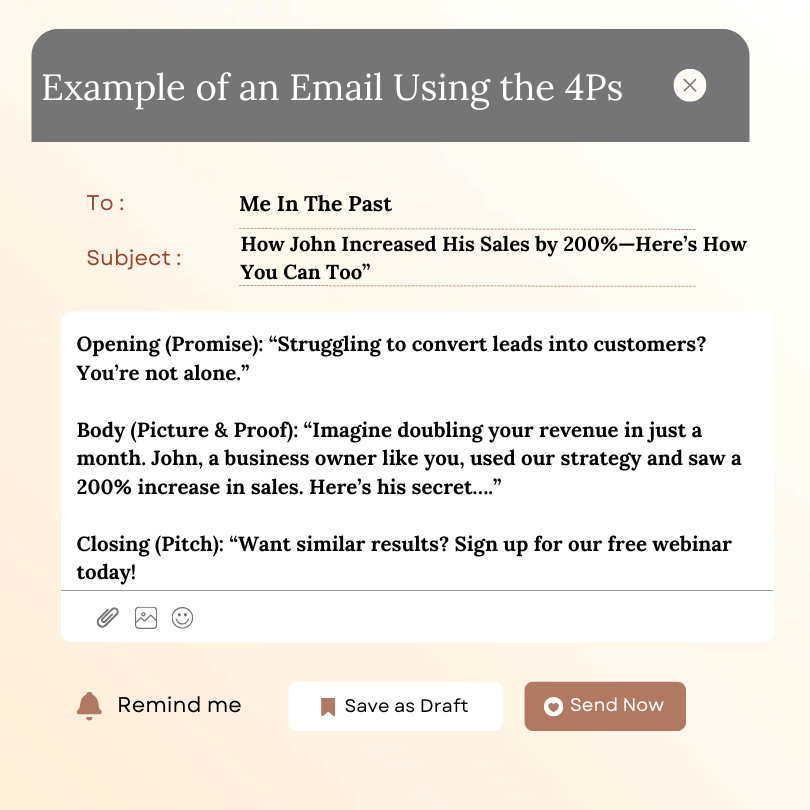
How do you use 4Ps to craft social media ad copy?
- Promise: Grab the attention of the reader with a bold statement that forces their thumbs to stop scrolling.
- Picture: Create the image in their mind with the help of storytelling or sensory language.
- Proof: Highlights your performance stats, awards, or reviews.
- Push: Lastly, end with an engaging CTA that creates a sense of urgency or scarcity and encourages your reader to take immediate action.
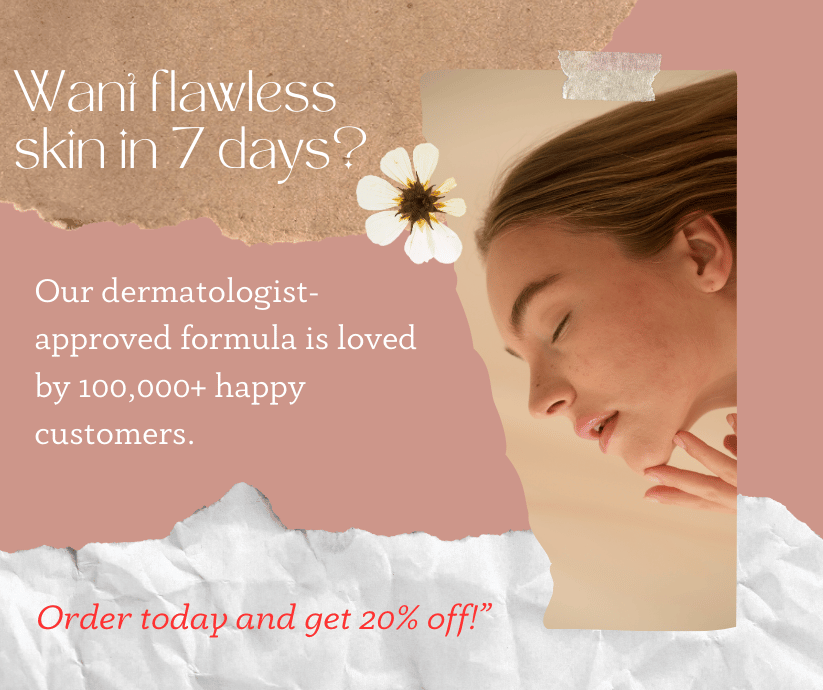
Conclusion
The 4Ps copywriting formula (Promise, Picture, Proof, Push) is one of the best copywriting formulas used by experts.
In this blog, you have learned about the 4Ps formula, the psychology behind each step, and how to use each step effectively.
Moreover, you have also learned how to uniquely use the 4Ps to write different types of copy, such as website copy, email copy, and social media ad copy.
Now, it’s your turn to apply the tips and techniques you learned today and write your own copy using the 4Ps.
So that’s it for now.
If you have any questions related to the 4Ps, you can send me an email or ask me in the comments.
